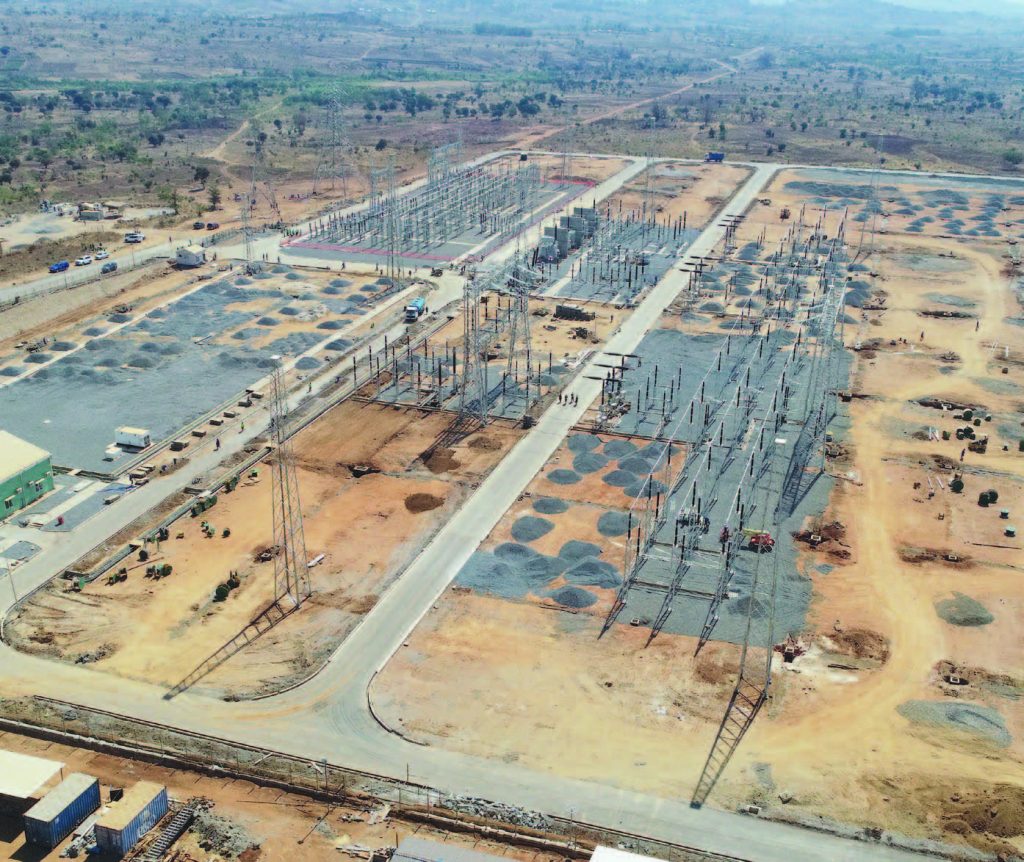Malawi-Zambia power project gets a boost
The Malawi-Zambia Electricity Supply Power Interconnector Project has received a boost from the Southern African Power Pool (Sapp) following the start of a process to identify contractors to do feasibility studies.
Sapp wants to engage a contractor to conduct an Environmental and Social Impact Assessment (Esia) and Resettlement and Compensation Action Plan for the Malawi-Zambia 400 kilovolts (kV) transmission interconnector project.

The governments of Malawi and Zambia agreed to strengthen their existing bilateral cooperation by, among others, constructing the Malawi-Zambia Power Interconnector.
Already, Malawi is tapping 20 megawatts (MW) from Zambia through a 33KV line from Chipata to Mchinji since 2018 and it is expected that power supply will increase to 50MW.
In a written response on Friday, Ministry of Energy spokesperson Saidi Jabu said if implemented successfully, the power interconnector project will provide Malawi with additional power.
He said Zambia is already connected to Sapp, which means if Malawi connects through the Zambia line, it will also be able to access power from any country in the Southern Africa Development Community region.
Said Jabu: “With additional power, it means the gap between demand and supply will decrease or even cease.
“That means with all initiatives aimed at increasing access to electricity, more people will be connected and be able to access reliable and available power.”
In an interview, economics professor at The Polytechnic, a constituent college of the University of Malawi, Betchani Tchereni, said the energy sector suffers from shortages of supply yet there are other jurisdictions where surpluses are experienced.
“As such, having to organise the power into one basket and trying to distribute it evenly but commercially can solve the poor energy supply problem,” he said.
Tchereni said the Esia is important to help project implementers understand whether such projects will be sustainable or not.
In the project, Sapp wants a contractor to conduct a complete feasibility study for the Malawi–Zambia 330/400 kV transmission interconnector up to the bankable stage and complete with conceptual design, specifications, environmental and social impact assessment and resettlement and compensation action Plan.
On the Malawi side, a full feasibility study and Esia for the line from Nkhoma sub-station to Mchinji on the border with Zambia was already completed.
This was part of the Malawi 400 kV Transmission Backbone Project by the Millennium Challenge Corporation, which means Malawi only needs an update of the feasibility study and Esia as part of the joint feasibility study and Esia for the interconnector.
On the Zambian side, there is more work to be done as there has been no previous Esia and the feasibility studies dones on the interconnector.




